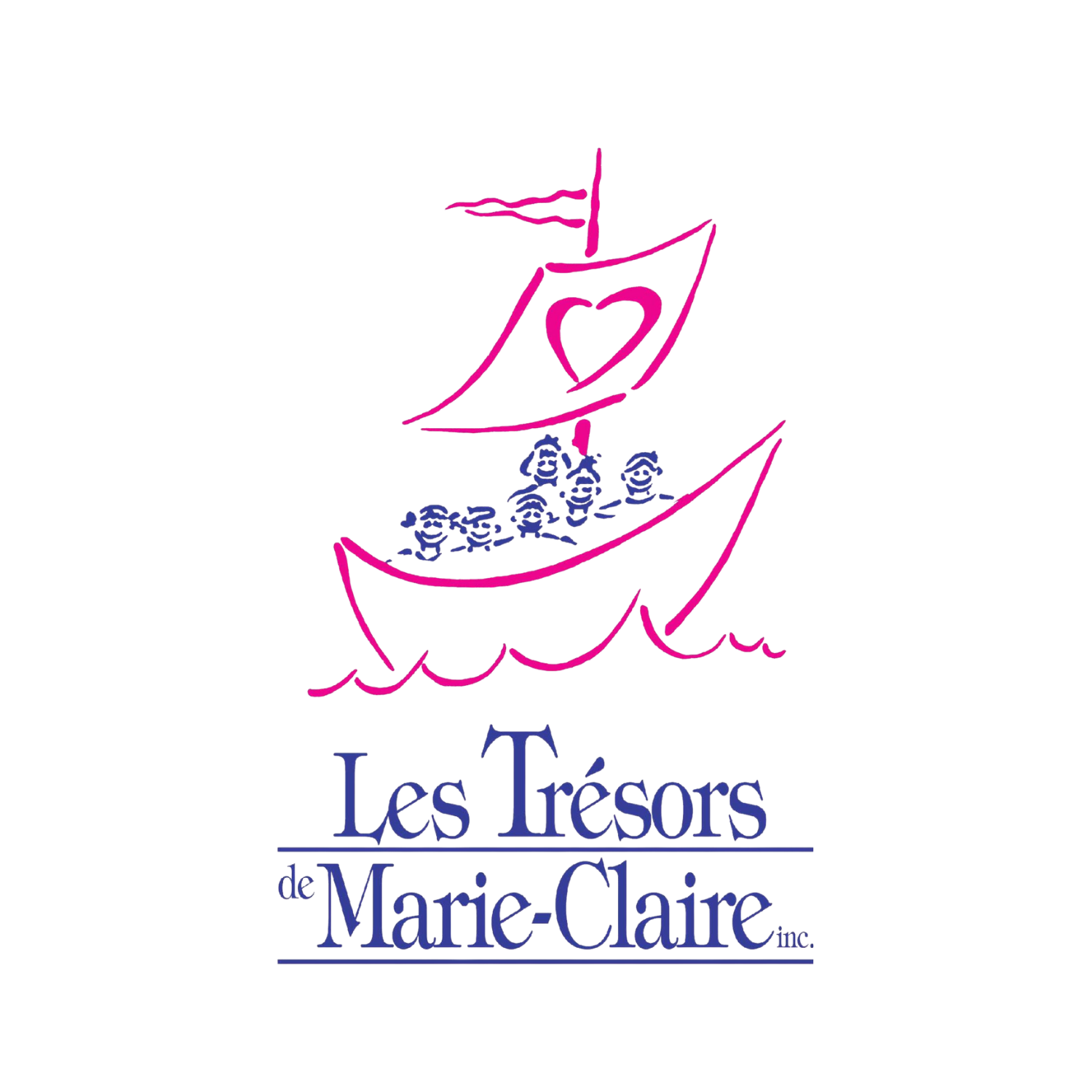Hygiene
A daycare like ours must ensure that rooms, equipment, furniture and play material are kept clean and regularly disinfected when the children are gone.
One of the most important steps in reducing the number of bacteria and the illnesses they cause is by thoroughly cleaning surfaces that are used by the children and staff. Clearly, the surfaces that are the most likely to be contaminated are those with which the children are most often in contact. This includes toys, especially those that children put in their mouths, diaper-changing surfaces and bathrooms with the toilets, faucets, drinking fountains, etc.
Good routine cleaning with soap and water is the best way to remove germs from the child's environment. Thorough cleaning by scrubbing with soap and water reduces the number of germs on surface areas, just as washing one's hands properly reduces the number of germs on the hands. Removing germs in this way is particularly important on soiled surfaces that cannot be treated with chemical disinfectants, such as the material on armchairs, etc.
Nevertheless, certain objects or surfaces require an extra stage of cleaning to truly eliminate germs after being washed with soap and water. This stage is known as disinfection.
The process of disinfection means using chemical products that are stronger than soap and water. It generally requires soaking or wetting the object long enough for the disinfectant solution to kill any germs still present after washing.
It is not necessary to disinfect objects that can go into the dishwater because the machine uses hot water long enough to kill most germs.
In order to meet these standards, we have hired a qualified team that does daily maintenance in our establishment.
Furthermore, we have set up an internal routine that all staff members must follow when an activity requires immediate disinfection.
For example, the changing tables must be disinfected each time they have been used.
